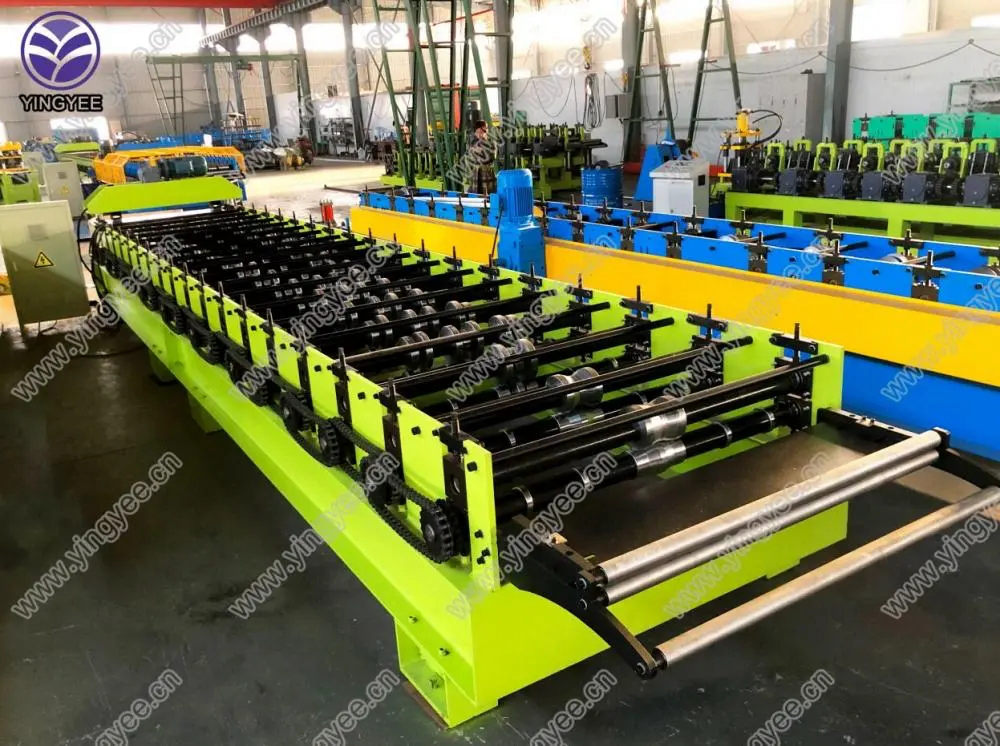Stud and Track Keel Roll Forming An Overview
Roll forming is a continuous bending operation that involves passing a long strip of metal through multiple pairs of rollers to achieve the desired cross-section. Among various roll forming processes, stud and track keel roll forming has gained significant popularity, particularly in the construction and manufacturing industries. This process is specifically designed to create structural components that are essential for framing, wall systems, and numerous other applications.
Understanding the Basics of Stud and Track Keel Roll Forming
The primary purpose of stud and track keel roll forming is to produce metal studs and tracks used in steel framing systems. Metal studs serve as the vertical support elements, while tracks are used as horizontal tracks to which the studs are attached. Together, they form the skeletal framework of walls, ceilings, and partitions in both residential and commercial buildings.
The roll forming process starts with a flat sheet or coil of metal, usually made of galvanized steel due to its durability and resistance to corrosion. The metal strip is fed into a series of rollers, each engineered to gradually shape the metal into the desired profile. The precision of the rollers enables manufacturers to produce consistent and high-quality products, which are vital for structural integrity.
Benefits of Stud and Track Keel Roll Forming
There are several notable advantages to using stud and track keel roll forming.
1. Efficiency The roll forming process is highly efficient. It allows for the continuous production of long lengths of studs and tracks without significant downtime. This efficiency reduces manufacturing costs and increases output rates.
2. Customization Manufacturers can easily modify the roll forming setup to create different profiles and sizes of studs and tracks. This flexibility caters to diverse construction needs, allowing for tailored solutions.

3. Strength and Durability Metal studs produced through this process exhibit superior strength compared to wood counterparts. They resist warping, splitting, and decay, resulting in a longer lifespan for structures.
4. Lightweight Metal studs are lighter than traditional lumber, reducing shipping and handling costs. Additionally, their lightweight nature contributes to easier installation on construction sites.
5. Sustainability Using steel for framing promotes sustainable building practices. Steel is recyclable, and the roll forming process produces minimal waste, making it an environmentally friendly choice.
Applications of Stud and Track Keel Roll Forming
The application of stud and track components in construction is vast. They are primarily utilized in
- Residential Buildings For interior framing in houses, providing support for walls and ceilings. - Commercial Structures In office buildings, retail spaces, and warehouses where durability and flexibility are crucial. - Industrial Applications For partitions in factories and warehouses, offering a reliable and strong framework. - Remodeling Projects As existing structures are modified or expanded, steel framing can provide the necessary support.
Conclusion
Stud and track keel roll forming represents a cutting-edge manufacturing solution that caters to the needs of the construction industry. With efficiencies in production, the strength of materials, and the adaptability for various applications, this process continues to gain traction among builders and architects alike. As the demand for sustainable construction practices grows, metal framing through stud and track keel roll forming will undoubtedly play a pivotal role in the future of building practices across the globe. Its emphasis on efficiency, durability, and adaptability ensures that it remains a preferred choice in modern construction methodologies.